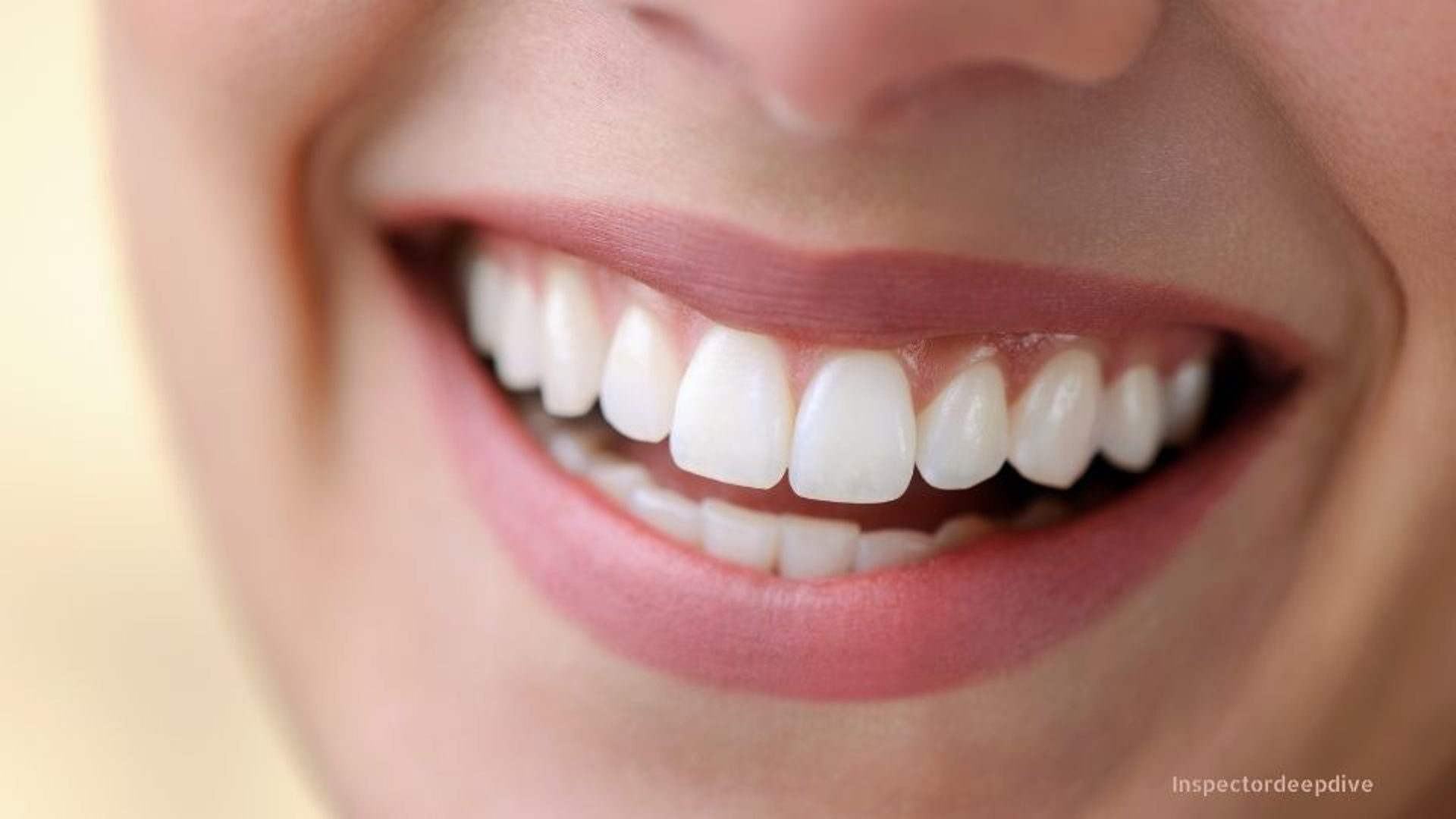
Fluoride Facts: Food Sources, Supplements, and Common Myths

What Is Fluoride?
Definition: Fluoride is the ionic form of the element fluorine.
Role: It is a naturally occurring mineral found in soil, water, plants, and a range of foods and dental products.
Use: Dental care uses fluoride to strengthen tooth enamel and reduce the risk of cavities.
What Does Fluoride Do to the Body?
Primary effect: Fluoride strengthens tooth enamel and helps reverse early tooth decay.
How it helps: It makes enamel more resistant to acid, promotes remineralization, and reduces the activity of cavity-causing bacteria.
Other storage: A portion of absorbed fluoride is stored in bones and teeth.
How Is Fluoride Absorbed?
Absorption: Most orally ingested fluoride is absorbed through the stomach and small intestine.
Retention: Children retain a higher percentage because growing teeth and bones take up more fluoride.
Excretion: Excess fluoride is mainly excreted in urine.
Great Food Sources of Fluoride
Fluoridated tap water:
The primary dietary source of fluoride in many communities.
Public water systems in some regions adjust fluoride levels (typically 0.7 mg/L) to support dental health.
Drinking water directly contributes to daily intake.
Brewed tea (black and green):
Tea plants absorb fluoride from the soil over time.
Older leaves, used in many commercial teas, contain higher levels.
A single cup can provide measurable amounts, especially when brewed for longer durations.
Processed foods and beverages made with fluoridated water:
Includes soft drinks, fruit juices, soups, and ready-to-drink products manufactured using fluoridated municipal water.
Fluoride content depends entirely on the water source used during production.
Certain seafoods:
Some fish, particularly canned fish with edible bones (like sardines), contain small amounts of fluoride.
Levels vary based on environment and processing.
Bottled waters with added fluoride:
Not all bottled water contains fluoride.
Some brands add it to match levels found in fluoridated tap water.
When present, it is listed on the label.
Note on food sources:
Unlike minerals such as calcium or selenium, fluoride is not naturally abundant in most whole foods.
The majority of dietary fluoride comes from water and water-based beverages.
No common fruits, vegetables, grains, or meats are consistently high in fluoride unless prepared with fluoridated water.
Dental products (non-dietary exposure):
Toothpaste, mouth rinses, varnishes, and professional treatments are major sources of fluoride exposure but are not consumed as food.
These provide topical protection to teeth and are not intended for ingestion.
Swallowing large amounts, especially by children, can contribute to total intake and should be minimized.
In summary:
Main dietary sources: Fluoridated water, tea, and foods/beverages made with fluoridated water.
No significant natural food sources: Fluoride is not concentrated in common foods outside of water-based exposure.
Primary route of intake: Drinking water and beverages prepared with fluoridated water.
How Much Fluoride Do You Need?
General guideline: Recommended intakes are small and vary by age.
Typical adult intake: Many adults get adequate fluoride from fluoridated water plus dental products.
Note: Specific intake targets vary by region and organization. Ask a clinician or dental professional for personalized guidance.
Signs You’re Getting Enough Fluoride
Oral health sign: Lower rates of tooth decay and fewer new cavities over time.
Professional sign: Stable or improved enamel remineralization found by a dentist.
Signs of Fluoride Deficiency
Main sign: Increased frequency and severity of dental caries.
Other sign: No clear systemic deficiency syndrome but weakened enamel resistance to decay.
How Long to Fix a Deficiency?
Short term: Topical fluoride (toothpaste or varnish) can begin to promote remineralization within weeks.
Medium term: Measurable reductions in new decay risk typically appear over months to years with consistent use.
Long term: Ongoing preventive measures maintain benefit.
Supplements: What You Should Know
When used: Supplements are prescribed for children in areas with low fluoride in drinking water.
Forms and dosages: Commonly available as drops or tablets in small doses (for example 0.25 mg to 1 mg), tailored by age and water fluoride level.
Supervision: Only take fluoride supplements under advice of a dentist or pediatrician.
Risks of Too Much Fluoride
Dental fluorosis: Excess fluoride during tooth development can cause white streaks or brown staining of enamel.
Skeletal risk: Very high long-term fluoride exposure can affect bone and cause pain or stiffness.
Acute toxicity: Large single doses are rare but may cause nausea and vomiting and require urgent care.
Who May Benefit Most from Supplements?
Children in low-fluoride areas: When drinking water has little or no fluoride and caries risk is present.
High-caries individuals: People with high decay risk, limited dental care access, or certain dental conditions.
Adults with dry mouth: They may benefit from topical fluoride products to lower cavity risk.
Medication Interactions
Notable interaction: Some medications contain fluoride as a component and can raise fluoride exposure with long-term use.
Example caution: Long-term use of certain drugs has been linked to elevated fluoride levels and bone effects.
Advice: Inform your dentist and doctor about medications if fluoride exposure is a concern.
Lifestyle Factors Affecting Fluoride Absorption
Water source: Drinking fluoridated water increases intake; private wells vary widely.
Diet: Foods made or prepared with fluoridated water add to total fluoride exposure.
Calcium and food: High-calcium meals can slightly reduce fluoride absorption, but the effect is modest.
Seasonal & Lifestyle Variations
Seasonal variation: Higher fluid intake in warm months can increase fluoride consumption if water is fluoridated.
Lifestyle factors: Frequent use of fluoride dental products raises topical exposure independent of diet.
Cooking & Storage Effects
Cooking with tap water: Using fluoridated tap water for cooking or making beverages increases fluoride in prepared foods.
Tea preparation: Brewing time and tea type strongly influence fluoride concentration in the drink.
Common Myths About Fluoride
Myth: Fluoride is universally toxic and should be avoided.
Reality: At recommended levels fluoride is safe and effective for cavity prevention; excessive doses can cause harm.
Myth: Fluoride causes cancer or major cognitive harm.
Reality: High-quality reviews do not support those claims at community fluoride levels.
Fun Facts
Tea fact: Tea plants naturally accumulate fluoride, making brewed tea a concentrated source.
History fact: Community water fluoridation began in the mid 20th century and contributed to large declines in tooth decay.
Name origin: Fluoride comes from the element fluorine and forms stable compounds used in dental care.
Environmental & Sustainable Sources
Natural sources: Groundwater and soil are natural fluoride reservoirs; levels vary by region.
Sustainability note: Using local water systems and responsible dosing of community fluoridation balances benefits and environmental effects.
Well water: Private well owners should test water to know fluoride levels.
Special Groups & Unique Needs
Infants: Limiting fluoride from reconstituted formulas mixed with fluoridated water may reduce fluorosis risk. Use guidance from a pediatrician.
Pregnant and nursing people: Routine fluoride use for oral health is standard; supplements are typically not recommended without professional advice.
Kidney impairment: Reduced renal function can increase fluoride retention; consult a clinician.
How to Track Your Fluoride Intake
Water check: Find your public water fluoride level from the local water utility or test well water.
Product check: Note fluoride concentrations in toothpaste, mouthwash, and any supplements.
Dental monitoring: Track cavity rates and enamel appearance with regular dental visits.
Summary
Bottom line: Fluoride strengthens enamel, helps reverse early decay, and reduces cavities when used at appropriate levels.
Practical steps: Brush twice daily with fluoride toothpaste, use fluoridated water when recommended, and consult a dentist about supplements only if water fluoride is low or caries risk is high.
Caution: Avoid excess fluoride in young children during tooth development to reduce the chance of fluorosis.
Fluoride Facts: Food Sources, Supplements, and Common Myths
info@inspectordeepdive.com
© 2025 food.InspectorDeepDive.com. All rights reserved. Content may not be copied or republished without permission.
This article is for informational purposes only. InspectorDeepDive.com does not provide medical advice. Always consult a licensed healthcare provider before making dietary or health decisions.
